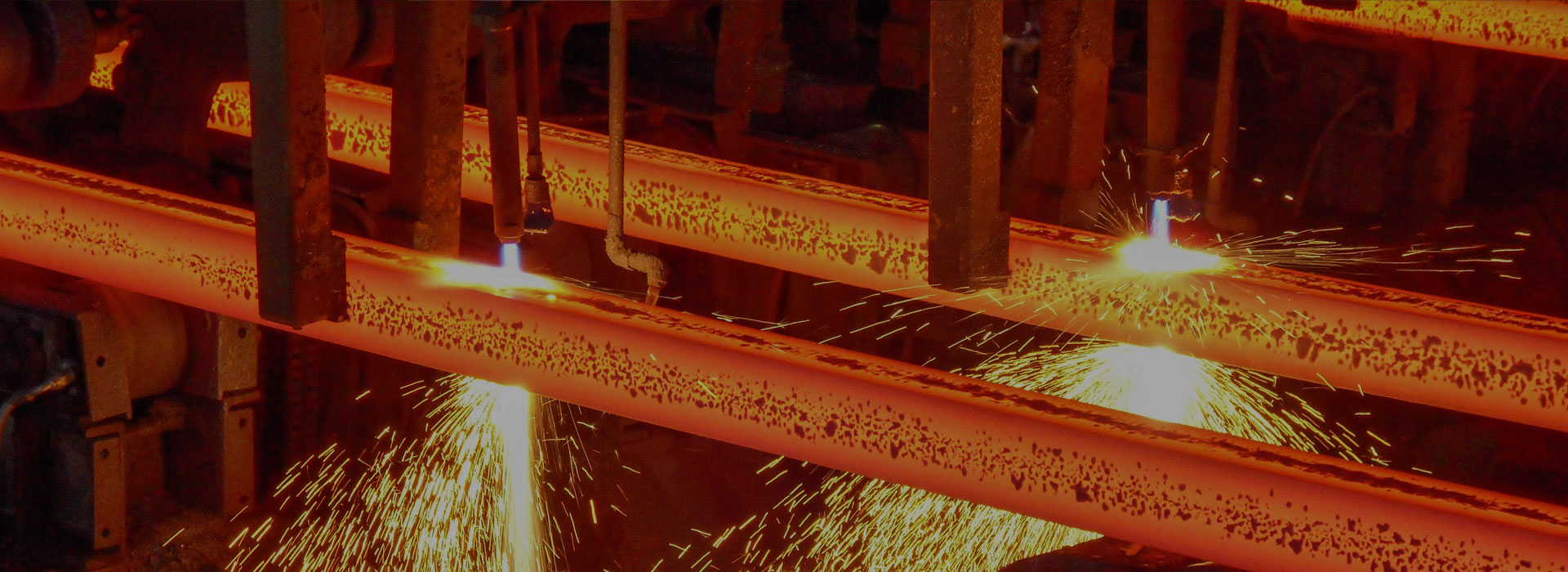Lost Wax Precision Casting
Lost wax precision casting, also known as investment casting, is a manufacturing process that has been used for thousands of years to create intricate and detailed metal parts. This process involves creating a wax model of the desired part, coating it in a ceramic shell, and then melting the wax out of the shell before pouring molten metal into the cavity. Once the metal has solidified, the ceramic shell is broken away to reveal the finished part.
In this article, we will explore the history of lost wax precision casting, the materials and equipment used in the process, and the advantages and disadvantages of this manufacturing method.
History of Lost Wax Precision Casting
Lost wax precision casting has been used since ancient times, with evidence of the process dating back to the Bronze Age. The ancient Egyptians, Greeks, and Romans all used this method to create intricate metal sculptures and jewelry. In the Middle Ages, lost wax casting was used to create religious artifacts and armor.
During the Renaissance, lost wax casting became more widely used for creating bronze sculptures and other decorative objects. In the 20th century, the process was adapted for industrial use, with improvements in materials and equipment making it possible to create complex metal parts with high precision.
Materials and Equipment Used in Lost Wax Precision Casting
The materials used in lost wax precision casting include wax, ceramic shell, and metal. The wax is typically a special type of wax that can be melted and poured into a mold to create the desired shape. The ceramic shell is made by coating the wax model in layers of ceramic slurry and then drying and firing it in a kiln.
The metal used in lost wax precision casting can be any metal that can be melted and poured into the ceramic shell. Common metals used include bronze, aluminum, and stainless steel.
The equipment used in lost wax precision casting includes a wax injector, a ceramic shell mold, a furnace for melting the metal, and various tools for breaking away the ceramic shell and finishing the metal part.
Advantages and Disadvantages of Lost Wax Precision Casting
One of the main advantages of lost wax precision casting is its ability to create complex and detailed metal parts with high precision. This process can also be used to create parts with thin walls and intricate shapes that would be difficult or impossible to create using other manufacturing methods.
Another advantage of lost wax precision casting is its ability to create parts with a smooth surface finish and minimal surface defects. This makes it a popular choice for creating parts that require a high level of aesthetic appeal.
However, there are also some disadvantages to lost wax precision casting. One of the main disadvantages is the cost of the materials and equipment required for the process. This can make it more expensive than other manufacturing methods for creating simple parts.
Another disadvantage of lost wax precision casting is the time required to create each part. This process can take several weeks or even months to complete, depending on the complexity of the part and the number of parts being produced.
Lost wax precision casting is a manufacturing process that has been used for thousands of years to create intricate and detailed metal parts. This process involves creating a wax model of the desired part, coating it in a ceramic shell, and then pouring molten metal into the cavity. While there are some disadvantages to this process, its ability to create complex and detailed parts with high precision makes it a popular choice for a wide range of applications.




